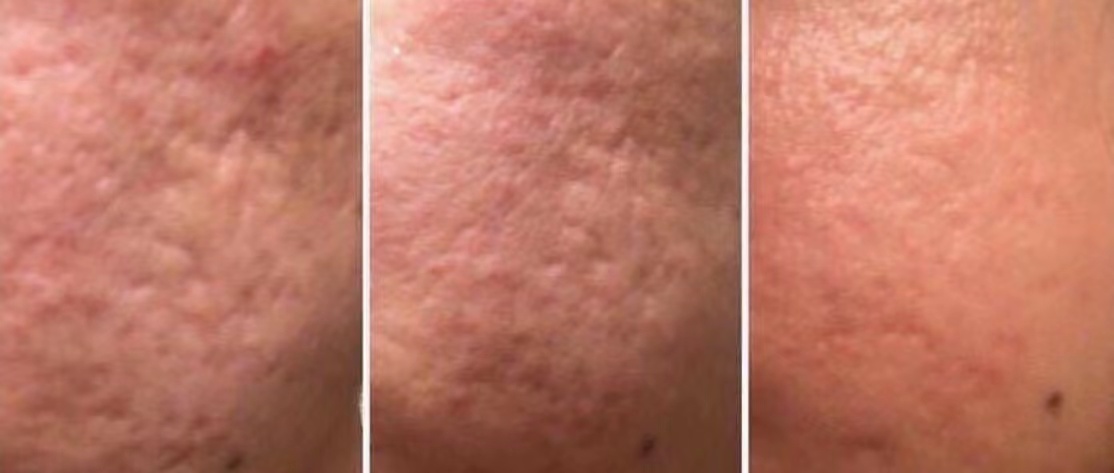Learn about radiofrequency microneedle
Radiofrequency (RF) microneedling is an innovative cosmetic procedure that combines traditional microneedling technology with the application of radiofrequency energy. This dual-action approach is designed to enhance skin regeneration by stimulating collagen production and tightening the skin. When microneedles penetrate the skin, they create micro-traumas that trigger the body’s natural healing response. At the same time, radiofrequency energy heats the deeper layers of the skin, promoting further collagen synthesis and improving skin texture. Given its growing popularity, many people are wondering: does radiofrequency microneedling really work?
The Science Behind Radiofrequency Microneedling
To evaluate the efficacy of radiofrequency microneedling, it is important to understand the science behind the procedure. The combination of microneedling and radiofrequency energy targets the dermis, the layer of skin responsible for skin elasticity and firmness. By delivering controlled heat to this layer, radiofrequency microneedling not only enhances collagen and elastin production, but also improves blood circulation for healthier skin. Clinical studies show that patients experience significant improvements in skin texture, skin tone, and overall appearance after receiving radiofrequency microneedling treatments. This evidence suggests that the procedure is effective in addressing a variety of skin concerns, including fine lines, wrinkles, and acne scars.
Benefits of Radiofrequency Microneedling
One of the main advantages of RF microneedling is its versatility. It can be used on a variety of skin types and complexions, making it an inclusive option for many seeking skin rejuvenation. Additionally, the procedure is minimally invasive, meaning patients have a relatively quick recovery time compared to more invasive surgeries. Most people can resume normal activities within a few days with only mild redness and swelling. Additionally, RF microneedling can be customized to each patient’s specific needs, resulting in a customized treatment plan that effectively addresses individual skin concerns.
Potential risks and precautions
While radiofrequency microneedling is generally considered safe, potential risks and side effects must be recognized. Common side effects include temporary redness, swelling, and mild discomfort at the treatment site. In rare cases, patients may experience more serious reactions such as infection or scarring. Therefore, it is vital that individuals consult with a qualified and experienced practitioner before undergoing surgery. A comprehensive consultation will help determine whether radiofrequency microneedling is the right choice based on your individual skin condition and medical history.
Conclusion: Is radiofrequency microneedling worth it?
In summary, radiofrequency microneedling has emerged as a promising option for those seeking effective skin rejuvenation. The combination of microneedling and radiofrequency energy provides a powerful way to stimulate collagen production and improve skin texture. With many studies supporting its efficacy and range of benefits, many patients have reported satisfactory results. However, as with any cosmetic procedure, it is important to weigh the potential risks and consult a qualified professional. Ultimately, for people looking to improve the appearance of their skin, radiofrequency microneedling may indeed be a worthwhile investment in their skincare journey.
Post time: Dec-30-2024





